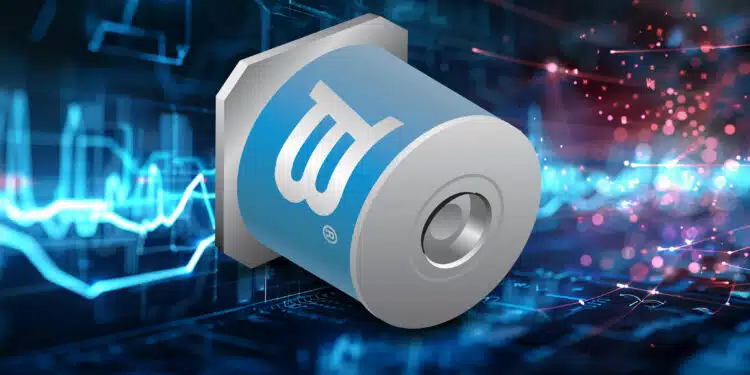Bourns announces AEC-Q200 compliant automotive ready Gas Discharge Tube Series for enhanced reliability in demanding environmental applications.
Bourns® Model 2027-A Series features a high surge current rating that helps designers meet increased reliability, durability, regulatory standards and electrical performance goals
Bourns, Inc., a leading manufacturer and supplier of electronic components for power, protection, and sensing solutions, announced its latest AEC-Q200 compliant Gas Discharge Tube (GDT) family.
The Bourns® Model 2027-A Series GDTs are designed to meet market demands relating to AEC-Q200 compliance in terms of reliability, durability, regulatory standards, electrical performance and additional advanced capabilities needed in certain harsh environmental applications.
The stringent testing required by this standard makes the Model 2027-A Series GDTs ideal surge overvoltage protection solutions for demanding applications such as photovoltaic installations, power supplies, low to medium risk medical devices**, HVAC, lighting, and IEC 62368-1 compliant equipment.
The Model 2027-A Series features 75 V – 600 V breakdown voltages, a high surge current rating and high insulation resistance with a wide -40 °C to +125 °C operating temperature range that offers superior thermal stability for applications that must operate in extreme temperature environments. With its high surge capability, Bourns’ latest GDTs can withstand high-energy transients, effectively protecting sensitive electronics from damage. Engineered for longevity, these new components help ensure sustained performance over the protected device lifespan, thereby helping to reduce maintenance and replacement costs.
“We designed our new AEC-Q200 compliant GDT series specifically for harsh environmental applications,” said David Chavarría, GDT/SPD Product Line Manager at Bourns.
“This family not only meets the stringent demands of AEC-Q200 compliance, but also opens new opportunities for [Bourns] to explore other markets where the highest level of protection is paramount to maximize system reliability and durability. As leaders in the development of advanced protection solutions, Bourns remains committed to continued innovation and delivering exceptional quality products for our customers worldwide.”
Bourns® Model 2027-A Series 2-electrode AEC-Q200 compliant GDTs are available now and are RoHS compliant* and UL recognized
Features
- AEC-Q200 compliant
- 75 V – 600 V Breakdown voltages
- -40 °C to +125 °C Operating temperature
- High surge current rating
- High insulation resistance
- Quick response, long service life
- UL recognized
- RoHS compliant
Applications
- AEC-Q200 compliant applications**
- Power supplies
- Medical devices (low to medium risk)
- IEC 62368-1 compliant equipment
- HVAC
- Lighting































